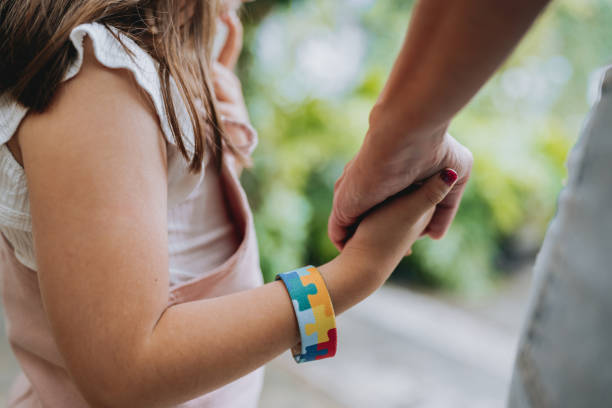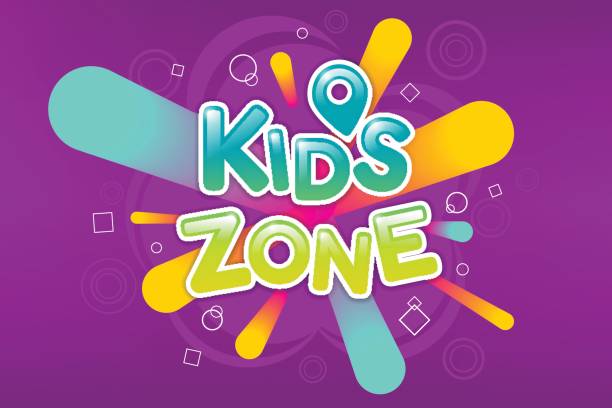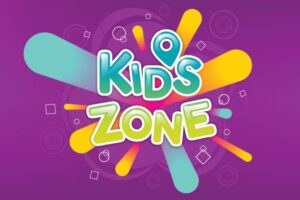Toddlers behave in ways that reflect their developmental stage. They explore boundaries and test limits not out of defiance but curiosity and emerging independence. Understanding this helps parents remain patient and proactive.
Each child develops differently, so expecting the same behavior from all toddlers is unrealistic. Parents should adjust their expectations and disciplinary approaches to their child’s emotional and cognitive growth stage.
Recognizing typical toddler behaviors like tantrums, throwing objects, or saying “no” allows caregivers to prepare. They can respond calmly with consistency instead of reacting with frustration or punishment.
Knowledge of developmental milestones also promotes empathy. When parents understand what children can and cannot control, they’re more likely to guide rather than punish them for developmentally normal actions.
2. Set Clear and Consistent Boundaries
Children thrive on routine and structure. When rules are clear and consistently enforced, toddlers feel secure and are more likely to follow them. Inconsistency often leads to confusion and more testing.
Consistent boundaries help young children understand what is expected. For example, if jumping on furniture is not allowed today, it shouldn’t be acceptable tomorrow. This avoids mixed signals.
Instead of saying “don’t be bad,” give a clear rule like “use your walking feet indoors.” Specific language helps children grasp what to do rather than focusing only on what not to do.
Use short, simple phrases for rules, especially for toddlers with limited vocabulary. Repeat boundaries often in calm tones so children gradually internalize them through repetition and familiarity.
3. Use Positive Reinforcement
Praising good behavior encourages children to repeat it. Instead of focusing solely on misbehavior, catch your child being good and acknowledge it. This helps build their self-esteem and motivation.
Make praise specific, such as “I love how you cleaned up your toys.” Vague praise like “good job” is less effective because it doesn’t clearly identify what the child did right.
Positive reinforcement can also be non-verbal. Smiles, hugs, or high-fives let toddlers know they’ve done something appreciated. These affirmations feel rewarding and create emotional connections to good behavior.
Create a habit of celebrating small successes. Even if your child only cooperates briefly, reinforcing that positive moment helps them link good behavior to emotional satisfaction and attention.
4. Offer Choices to Empower
Giving toddlers simple choices helps them feel respected and more in control. Rather than forcing a command, offer options like “Do you want the red shirt or the blue one?”
Choices reduce power struggles. Children are less likely to resist when they feel part of the decision-making process. This autonomy builds confidence and encourages cooperation in everyday situations.
Ensure choices are realistic and limited. Too many options can overwhelm young children. Always offer two appropriate choices so you maintain control while letting them exercise independence safely.
Offering choices during discipline, such as “You can clean up now or after your snack,” teaches responsibility. Children learn that choices have consequences, which is a core concept of discipline.
5. Stay Calm and Emotionally Regulated
Children model what they see. When parents stay calm during challenging moments, they teach emotional regulation. Reacting with yelling or anger often escalates the situation and increases anxiety in children.
Remaining composed doesn’t mean ignoring bad behavior—it means addressing it respectfully. Calm redirection or reminders are more effective than harsh tones or reactive punishment, especially for sensitive toddlers.
Take deep breaths before responding. If needed, step away briefly to collect yourself. Responding with patience instead of punishment fosters trust and a safe emotional environment for your child.
Staying calm allows you to focus on solutions, not just consequences. This teaches kids that problems are manageable and helps them feel secure even when they’ve made a mistake.
6. Use Natural Consequences
Natural consequences help children learn from their actions. If a child refuses to wear a coat, they might feel cold. This experience teaches more than scolding or arguing ever could.
These consequences must be safe and age-appropriate. Don’t let toddlers face outcomes that could harm them, but allow them to experience manageable discomfort to understand cause and effect.
Avoid rescuing your child from every mistake. As long as the situation is safe, let them learn through the result of their actions. This builds resilience and decision-making skills.
Explaining consequences beforehand also helps. Saying “If you throw the toy, we’ll put it away” sets a clear connection between behavior and outcome. This is fair and easier for them to accept.
7. Redirect Negative Behavior
Toddlers have short attention spans and are easily distracted. Redirection works by shifting their focus from undesirable actions to something appropriate or engaging, avoiding the need for discipline entirely.
Instead of saying “Don’t hit,” try “Let’s use gentle hands.” Offering an alternative, like hugging a stuffed animal, teaches acceptable behavior without shaming or escalating the moment.
Use redirection early, before behavior worsens. If your child starts throwing toys, offer a soft ball or suggest a game instead. Distraction is a powerful tool when used proactively.
Redirection also nurtures creativity. It teaches children that there are many ways to express feelings and energy. Over time, they develop better emotional control and problem-solving skills.
8. Create a Predictable Routine
Routines provide structure and reduce chaos. Toddlers feel more secure when they know what to expect. Predictable schedules for meals, naps, and playtime lower the chances of behavioral outbursts.
Transitions between activities can be challenging. Use routines and visual cues to prepare your child. For instance, saying “In five minutes, we clean up,” helps them adjust gradually.
Routine builds independence. When children know the order of their day, they learn to manage time and anticipate what’s next. This minimizes resistance and anxiety about changes.
Consistency in routine also helps with sleep, meals, and toileting. Well-rested and well-fed toddlers are less likely to misbehave due to hunger or fatigue, which often fuels tantrums.
9. Teach Emotional Literacy
Toddlers often act out because they don’t know how to express their feelings. Teaching them to name emotions like “angry,” “sad,” or “frustrated” gives them tools to communicate.
Use storybooks, facial expressions, and daily conversations to build emotional vocabulary. Saying “You look upset. Are you feeling mad because playtime ended?” helps children connect feelings to words.
Model emotion regulation by sharing your feelings in healthy ways. Say things like “I’m feeling tired, so I need a short break,” to show it’s okay to feel and respond calmly.
Praise your child when they express feelings appropriately. For example, “Thank you for telling me you were sad instead of hitting.” This validates their emotions and reinforces positive expression.
10. Use Time-In Instead of Time-Out
Time-in focuses on connection rather than isolation. When a child misbehaves, invite them to sit with you and talk. This fosters reflection and helps them calm down without feeling rejected.
Young children benefit from co-regulation. Sitting close, offering a cuddle, or simply staying present helps them feel safe while processing difficult emotions and behavior choices.
Use this time to ask questions like “What happened?” and “What can we do differently next time?” Avoid blame, and instead focus on learning and empathy-building.
Time-in teaches that mistakes are opportunities for growth. Rather than sending children away to be alone, you stay near, guiding them through their emotions with compassion and support.
11. Model the Behavior You Expect
Children learn more from what we do than what we say. Modeling kindness, patience, and problem-solving teaches toddlers how to behave better than lectures or punishments ever could.
Show respect in your words and actions. Say “please,” “thank you,” and apologize when needed. Toddlers mimic these behaviors, learning how to treat others and handle conflict.
If you expect your child to clean up, do it alongside them. Say, “Let’s clean together.” Cooperative effort makes the task more engaging and reinforces teamwork and responsibility.
Be mindful of your reactions. If you raise your voice often, children may copy that during stress. Calm, respectful communication sets the tone for how they interact with others.
12. Be Patient and Celebrate Progress
Discipline is a long-term journey, not a quick fix. Toddlers won’t change overnight, and setbacks are part of learning. Patience helps both you and your child navigate challenges calmly.
Celebrate small victories. If your child shares a toy or expresses an emotion with words, acknowledge it. This boosts their confidence and motivates them to keep trying.
Remember that progress isn’t always linear. Toddlers may regress due to changes like new siblings or sleep disruptions. Respond with empathy rather than frustration to maintain emotional safety.
Your consistent efforts will pay off. Over time, positive discipline helps children grow into respectful, self-regulated, and compassionate individuals. Every moment of guidance is a step toward that future.











